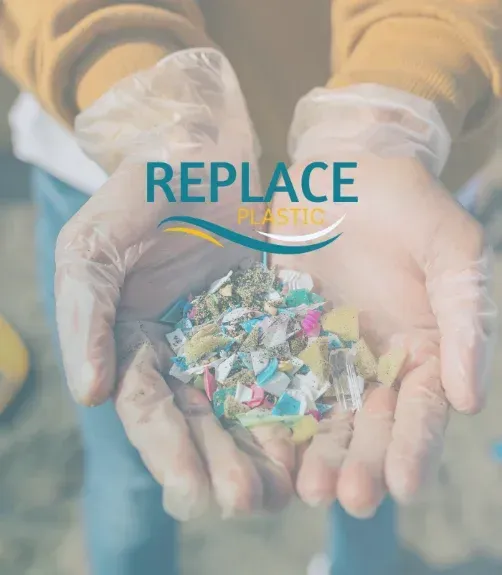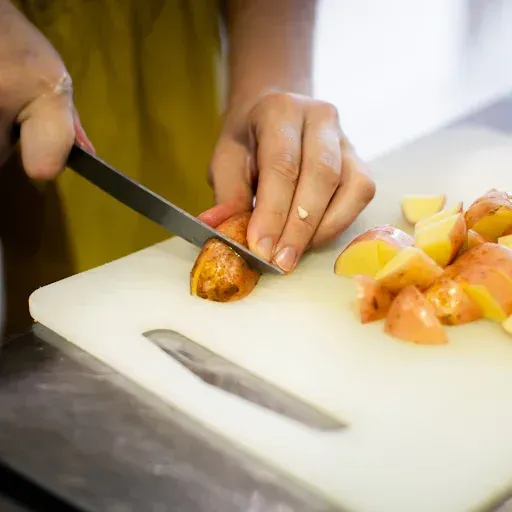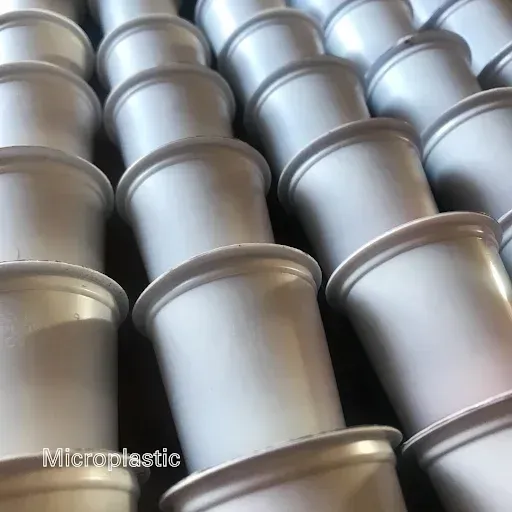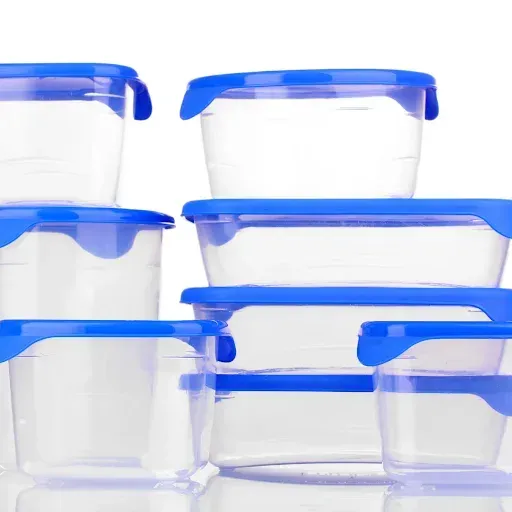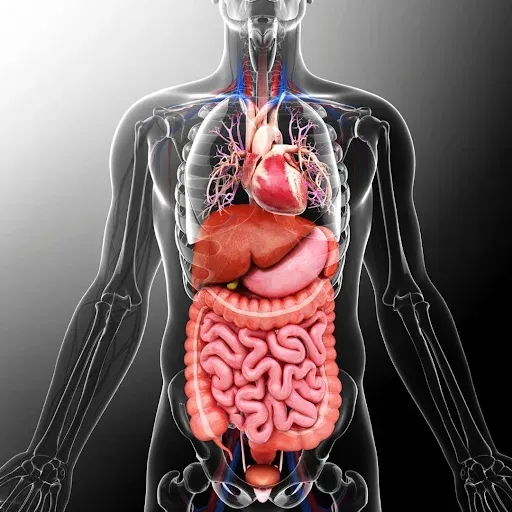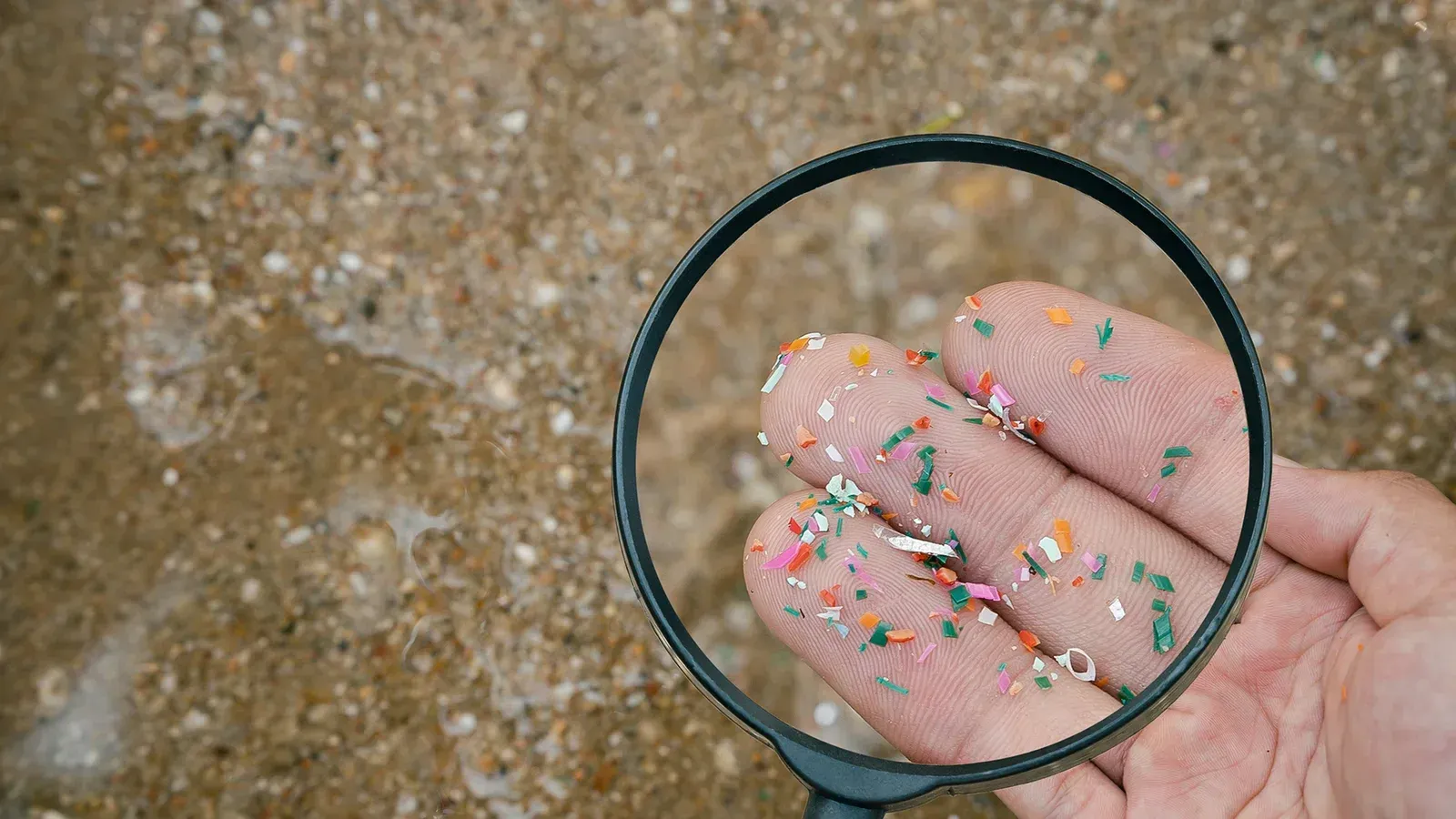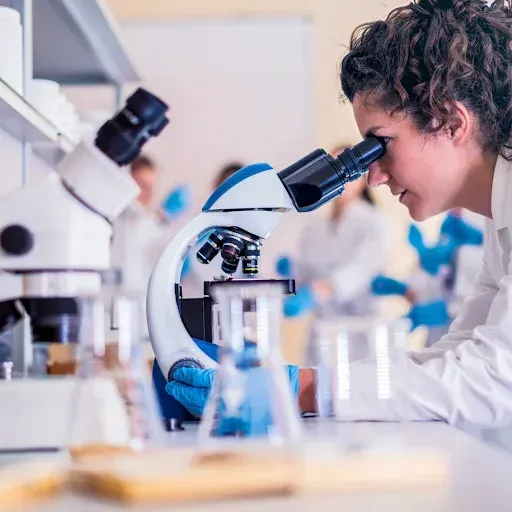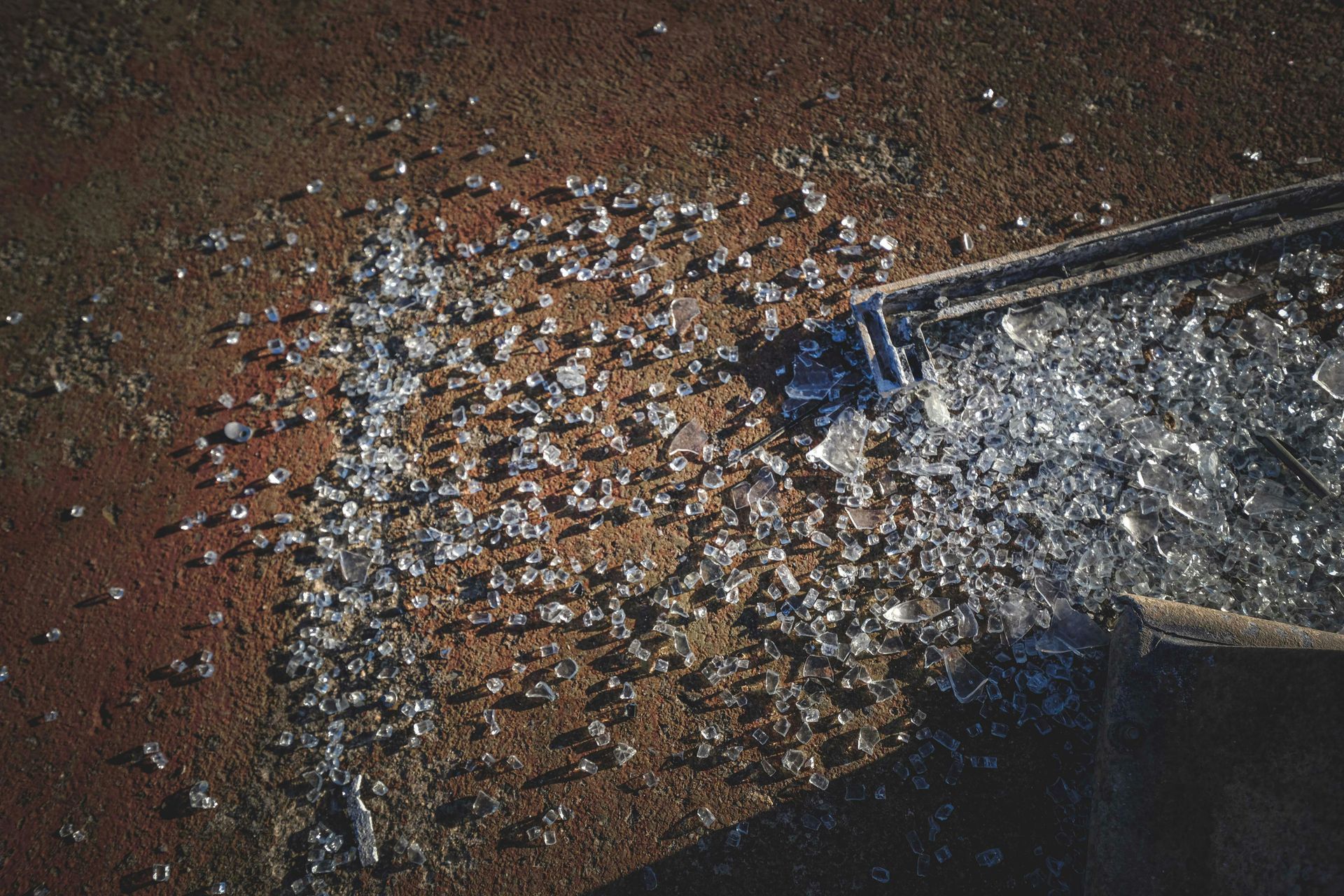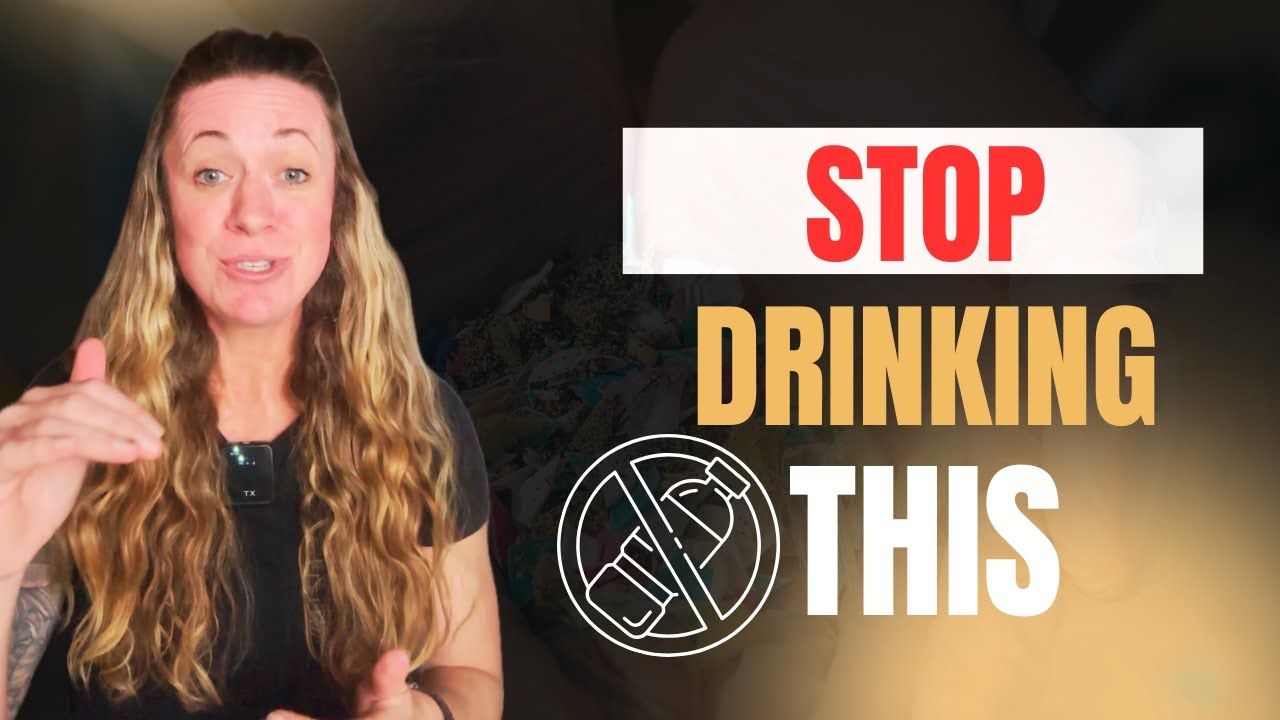Is Your Kitchen Making You Sick? 3 Common Microplastic Sources
Affiliate Disclosure: This article contains affiliate links. If you purchase a product through these links, we may earn a small commission at no extra cost to you. Check out our complete Replace Plastics Top Picks for more eco-friendly alternatives.
When I first started digging into just how widespread and prevalent microplastics are in our environment and in our bodies, it was honestly a little overwhelming. But here’s the good news: I’m going to show you three simple swaps that you can make in your home today that will dramatically reduce the amount of microplastics that you and your family are exposed to.
The CDC recently presented a study that tested urine samples from 2,000 people for BPA exposure, and every single sample tested positive for BPA. Microplastics and forever chemicals don’t just pass through our bodies; they bioaccumulate, and we’re finding them in all kinds of tissues—human placentas, the brain, cardiac tissue, and our digestive tracts. As a nutrition coach, I’m always trying to stay up-to-date with current trends and research in health and wellness, and honestly, this research blew me away.
This long-term accumulation and higher levels of exposure have been linked to an alarming number of conditions: autoimmune disorders, chronic inflammation, insulin resistance, obesity, cardiac health issues, and reproductive problems such as infertility, PCOS, and endometriosis.
While this is alarming, I also found that there are some very simple and inexpensive swaps that you can make in your own home today that will start to dramatically reduce the amount of microplastic exposure you’re getting. Let’s break down three easy swaps you can make this week.
Table of Contents
- 1. Ditch Your Plastic Cutting Boards
- 2. Say Goodbye to Plastic Tupperware
- 3. Rethink Your Morning Coffee
- Frequently Asked Questions
1. Ditch Your Plastic Cutting Boards
Take a look at your cutting boards. Plastic cutting boards have been widely shown to release forever chemicals and plastics into our food, especially those brightly colored, flimsy ones that many of us have in our kitchens. Every time you chop on these boards, invisible microplastics are getting into your food and, ultimately, into your body.
The good news is there’s a very easy and inexpensive way to swap this out. Look for bamboo, wood, stainless steel, or even some cool glass cutting boards. I switched to bamboo because I really love the polished feel, and they’re super easy to clean. I've linked some of my top picks in the below, so check them out!
See Our Plastic-free Alternative Top Picks for Easy Everyday Swaps!
2. Say Goodbye to Plastic Tupperware
I know plastic Tupperware is convenient and cheap, but it’s one of the biggest sources of microplastics. When you heat plastic, it leaches these forever chemicals into your food. Many plastic containers say "microwave safe," but that just means they won’t melt in your microwave—it doesn't mean they won’t release harmful chemicals into your food.
This is a swap I would make right away, even if you’re just using these to store cold food. Glass containers are easy to use, look great, and are relatively inexpensive.
3. Rethink Your Morning Coffee
Alright, I have to warn you—this one is kind of a bummer. Those magical coffee pods that we love every morning are made of plastic. What’s worse is that we are literally heating them up and passing liquid through them. This means we are likely leaching forever chemicals into our drinks.
I get it; I love my coffee just as much as the next person. But there are some easy swaps you can make. On Amazon, you can find stainless steel coffee makers that are not only cheaper in the long run but also super easy to clean. You just give them a little shake in your trash can and rinse them off—easy peasy!
You could also switch to something like a drip or pour-over system, which I personally enjoy on weekends when I have more time. However, if you have a busy morning, I understand that this might not be the best option for you.
Another option is to look for reusable stainless steel filter cups for your drip coffee maker. Be careful with your filters, too. Anything that says paper but doesn’t fall apart when hot water passes through likely has plastic particles in it. Bleached coffee filters are one of those culprits.
Instead, you can replace those with a reusable stainless filter or even cotton filters. I know this is a lot of information, but I’ve linked recommendations to all of these products below—ones that I have found to be really useful.
We've Rounded Up Our Plastic-Free Alternative Top Picks—Take a Peek!
Frequently Asked Questions
What are microplastics?
Microplastics are tiny plastic particles less than 5 mm in size that come from the degradation of larger plastic items or are intentionally manufactured, like microbeads in cosmetics.
How do microplastics affect human health?
Microplastics can bioaccumulate in human tissues and have been linked to various health issues, including autoimmune disorders, chronic inflammation, and reproductive problems.
What can I do to reduce my exposure to microplastics?
Make simple swaps in your kitchen, such as using glass containers instead of plastic, opting for wooden or stainless steel utensils, and avoiding heating food in plastic.
Where can I find more information and product recommendations?
You can check out our plastic-free alternative top picks here — plus, get tips on how to reduce microplastic exposure in your everyday life.
The big takeaway is that you don’t have to take this microplastic detox journey on your own. I’m in the midst of my journey as well, and I’ll be sharing the swaps I’m making that have been great, as well as those that haven’t worked out so well. Let’s replace plastic together. If you enjoyed this post, leave a comment below and let us know what you'd like to see next!
